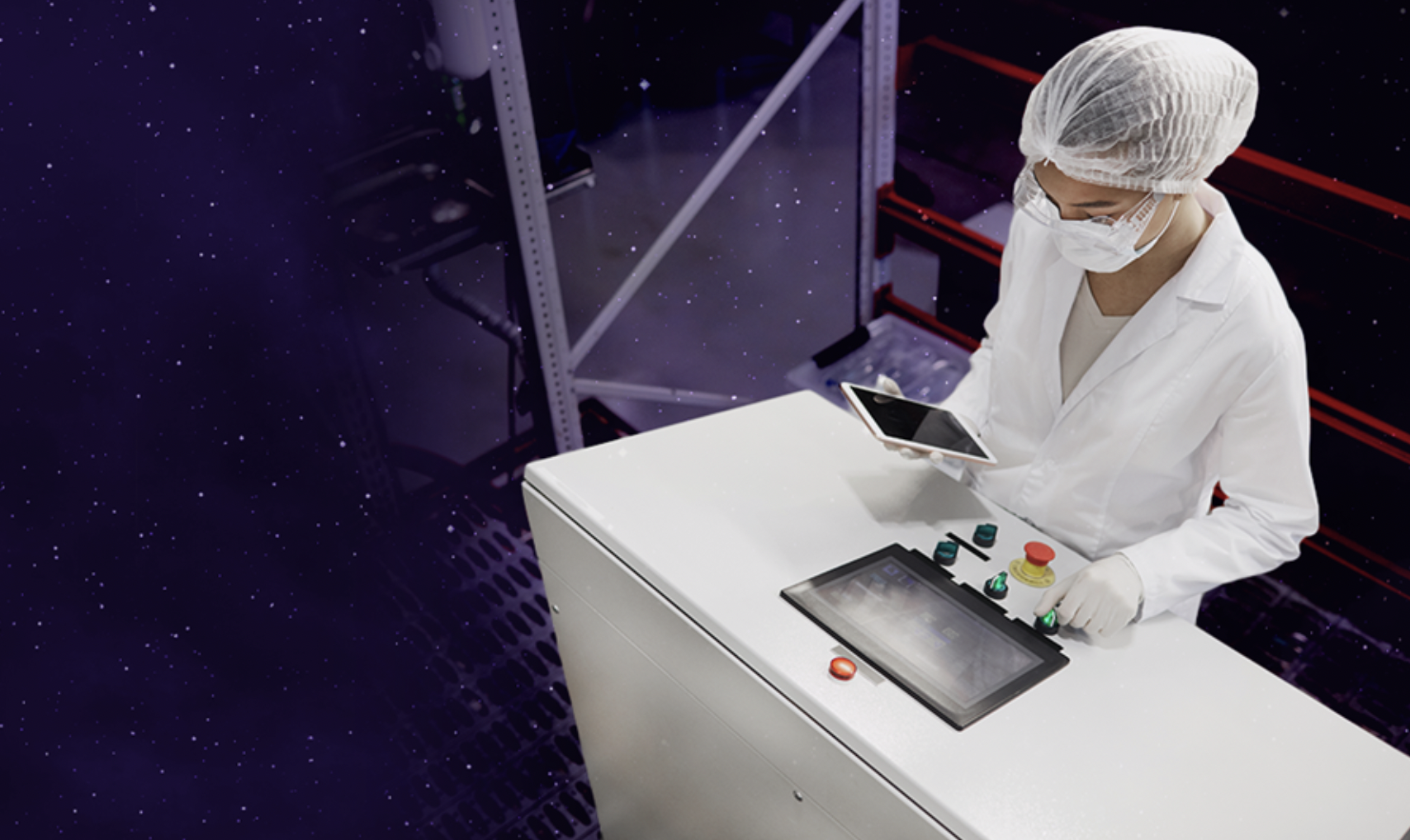It’s only March, and 2020 has already been a rollercoaster for the service and manufacturing industries. With a global health pandemic and a downward economic outlook, service leaders are fine-tuning plans and forecasts in the midst of daily operational changes. One area that is worth the time and attention right now is a reality check on how your organization is leveraging servitization.
What is servitization?
Servitization isn’t new, predating the cloud model of recurring revenues. The classic case study examples are Xerox with copy machines and Rolls-Royce and jet engines, where manufacturers sold the output of their machines. In the last decade, however, it’s become more widely adopted as revenue plans shift towards service offerings and technology advances allow for more timely maintenance.
The promise of a steady revenue stream provided by a mix of products and services is appealing in times of economic uncertainty. But success depends largely on the strength of service teams. Here’s how to translate best practices across your team.
Servitization Offers a More Stable & Profitable Revenue Model
A McKinsey report found that margins on new product sales hover around 10 percent while aftermarket service margins average 25 percent. It’s also a long-term competitive differentiator, enabling companies to be more nimble, quickly adapting the services side of the business even when product development or new sales lag. Advances in technology also play a role. IoT and faster networks promise that these machines can be maintained and serviced more efficiently. That’s an attractive option for end customers who can now outsource the service component to the experts while keeping their own workforce focused on core business disciplines.
However, there’s a catch for organizations that want to capitalize on the new industrial revolution.
Servitization Requires a Highly-Skilled Workforce
For the servitization model to produce substantial profits and satisfied customers, a highly skilled workforce is required to maintain and repair these machines as quickly and cost-effectively as possible. The problem? Today, there are a few.
- Retirement Wave. In the last few years, the industry lamented the wave of retiring Baby Boomers. Organizations had trouble hiring replacements fast enough, and even when they did, there was an enormous skills gap. Veterans with more than 20 years’ experience took vast amounts of institutional knowledge with them, and the Millennial new-hires needed to skill up at a pace that seemed impossible due to lack of training, too few mentors, and mounting service tickets.
- COVID-19 impact on employees. In the last few weeks, COVID-19 has brought about rapid changes that are forecasted to pose long-term challenges. Cities are shutting down, and the immediate concern is keeping workers safe while still maintaining service contracts, especially those in mission-critical industries: think medical PPE equipment, now in overdrive. Considerations need to be made about how to balance worker assignments and work durations to limit contact with other people. First-time fix rates and remote resolution now take on importance for both worker health and overall business health.
- Long-term economic and supply chain worries. The industry term of shotgunning parts, or swapping them out until something works, has plagued service organizations in the past because cycling through parts is expensive. But as supply chains become less certain in the near-term, it’s more critical for employees to take as much knowledge as possible with them on each job — ensuring they can make the right choice the first time without wasting parts. In the long-term, it’s uncertain if spare parts are likely to become more expensive or will be harder to procure until the world’s manufacturing hubs are back to full-output.
Short of cloning all your service experts to address the above concerns, the most cost-efficient answer lies in adding AI-powered tools with the ability to capture the valuable insights hidden in free text, which democratize knowledge across an organization. That’s how to skill up an entire service team quickly so they can perform with as much accuracy and confidence as your top experts.
How AI Creates a Servitization-Ready Workforce
Turning to AI-guided tools that analyze structured data and free text and get smarter as they work hand-in-hand with your subject matter experts will deliver the greatest ROI for organizations working on adjusting service delivery under challenging circumstances. Here’s how.
- Empower the entire team to solve complex service problems faster, and do so using more cost-efficient methods.
- Reduce machine downtime with faster resolution and the ability to perform more predictive maintenance.
- Adopt a more service-centric business model where customers (and their machines) remain top of mind, reducing customer churn.
Recent Posts
-

AI and Shift Left Will Propel Success in Medical Device Service, Says New Aquant Report
Read More »March 05, 2024 Janice Camacho







